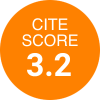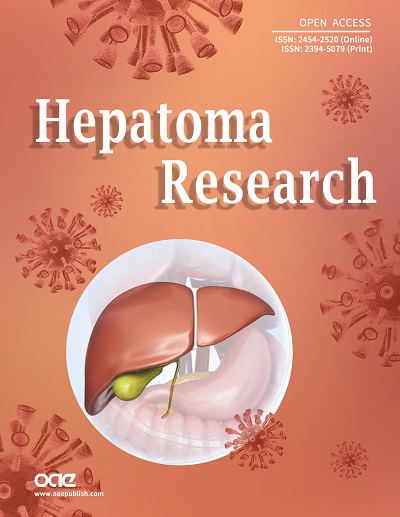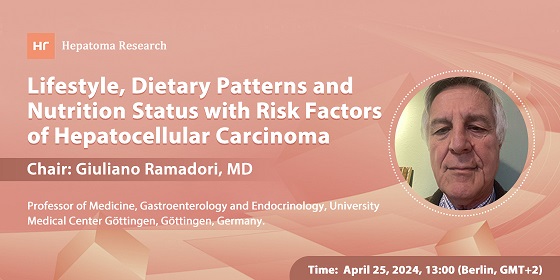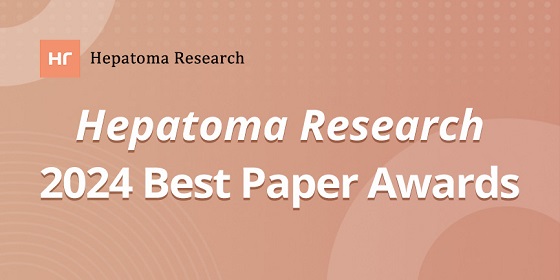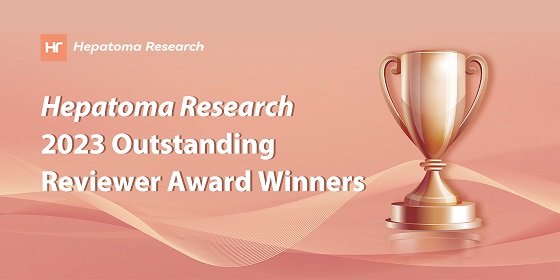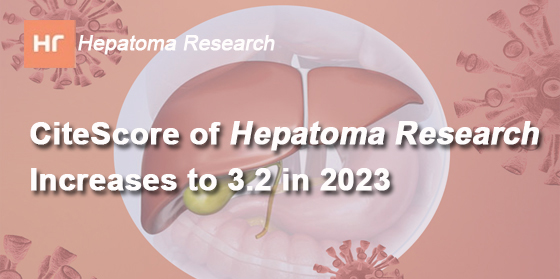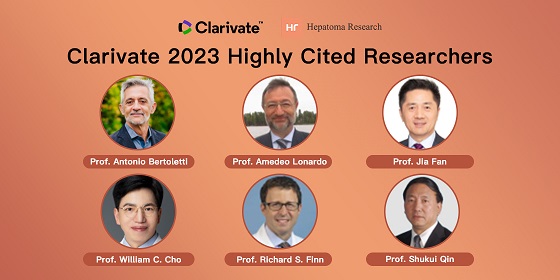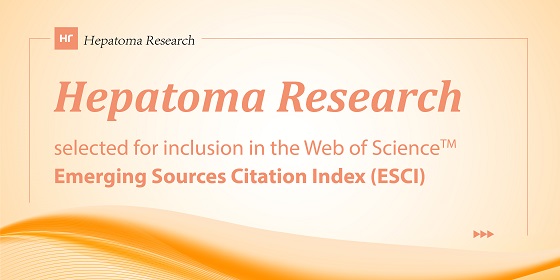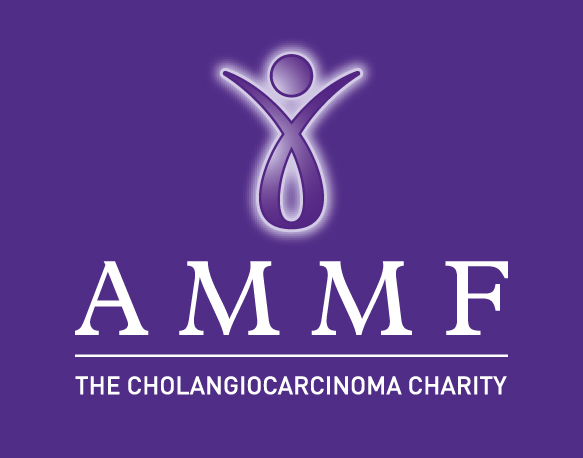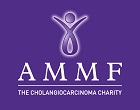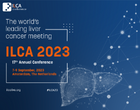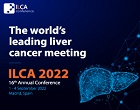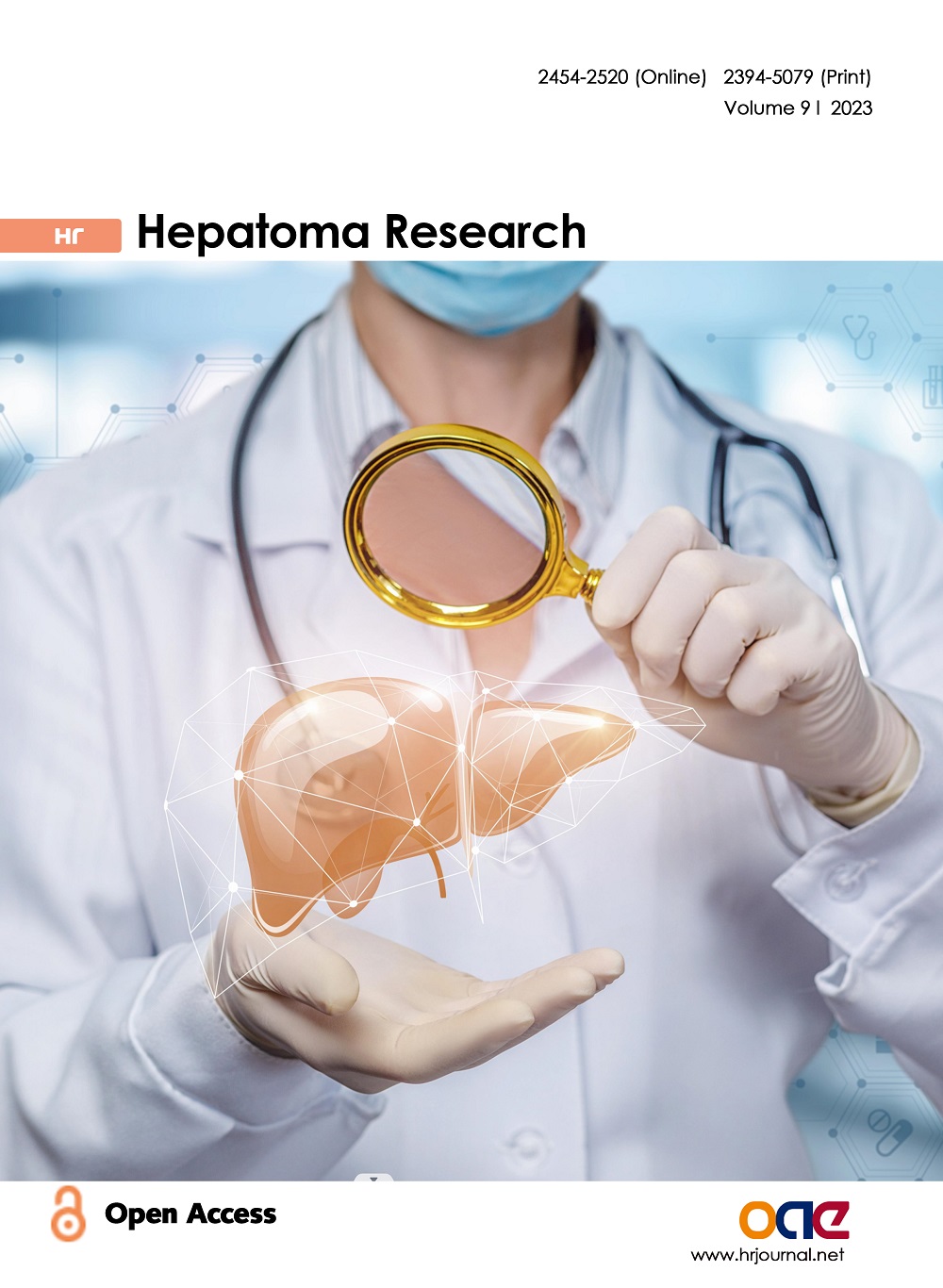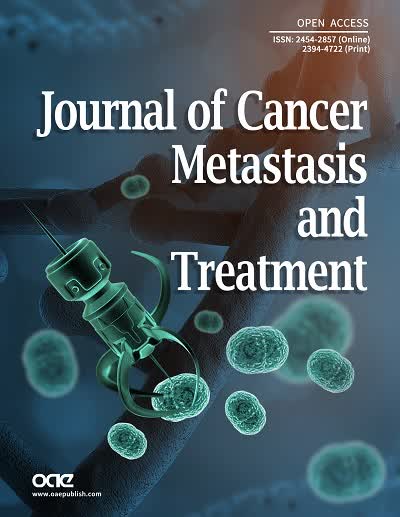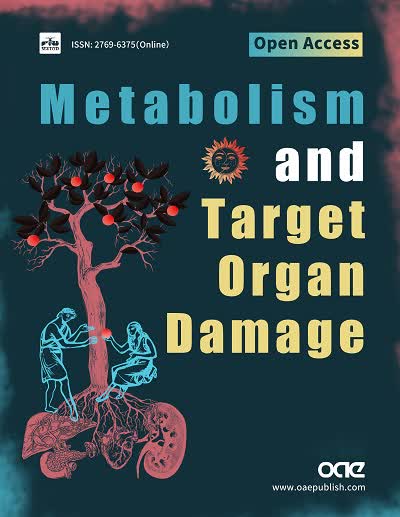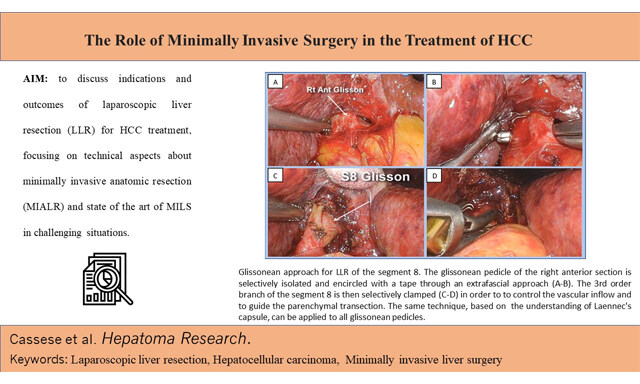Hepatoma Research

Lewis R. Roberts
Special Interview with Prof. Lewis R. Roberts from Mayo Clinic
NaN
Views: Downloads:
Views: Downloads:
Views: Downloads:
Views: Downloads:
Views: Downloads:
Views: Downloads:
Views: Downloads:
Views: Downloads:
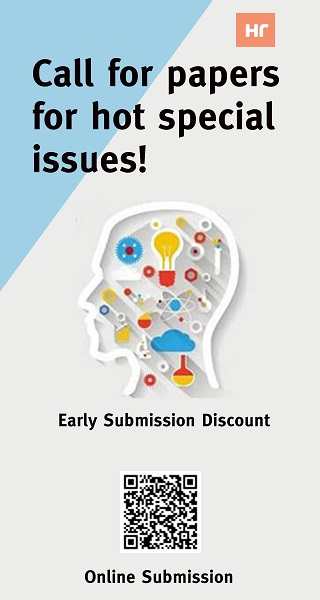
Data
2376
Authors
997
Reviewers
2015
Published Since
2,481,485
Article Views
482,647
Article Downloads
For Reviewers
For Readers
Add your e-mail address to receive forthcoming Issues of this journal:
Themed Collections
Hepatocellular carcinoma
HCC
Liver Cancer
Liver tumors
Hepatoblastoma
Cholangiocarcinoma
Nonalcoholic fatty liver disease
Nonalcoholic steatohepatitis
Hepatitis B; Hepatitis C
Immunotherapy
Systemic treatment
Liver transplantation
Liver resection
Surgical
Management
Surveillance
Epidemiology
Molecular mechanisms
Tumor microenvironment
Biomarker
Stem cell
Related Journals

Lewis R. Roberts
Special Interview with Prof. Lewis R. Roberts from Mayo Clinic
NaN

Related Journals
Data
2376
Authors
997
Reviewers
2015
Published Since
2,481,485
Article Views
482,647
Article Downloads

